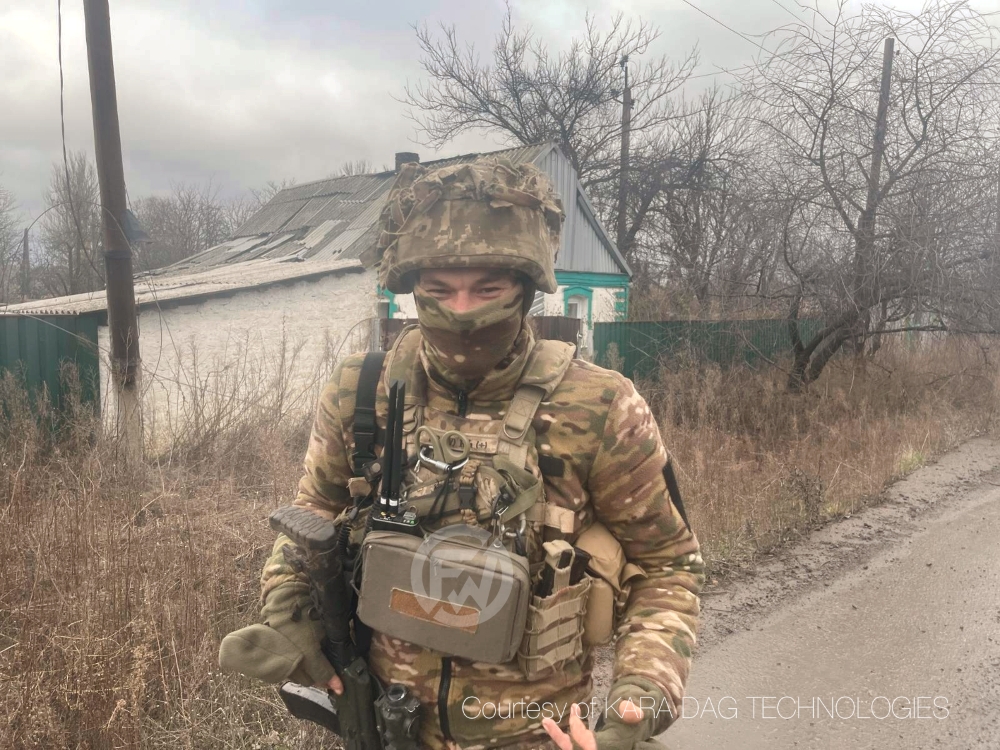
Kara Dag Technologies is a Ukrainian defence company founded in 2023, specializing in counter-drone systems. The company emerged in response to the growing threat of unmanned aerial systems (UAS), especially focusing on First Person View (FPV) drones.
As we already highlighted in FW MAG 1-2025, one of the most pressing issues is the sheer volume of FPV drones deployed on the battlefield. Both sides are producing tens of thousands of these drones monthly, with Ukraine aiming to manufacture up to one million FPVs annually. The rapid pace of innovation means that new models with enhanced capabilities are constantly appearing, requiring adaptive and scalable detection solutions.
The company’s flagship products include the Obriy series of drone detectors. The OBRIY 1.3 is a wearable device designed to detect drones such as DJI and FPV models at ranges of 2.5 to 4km. It operates across multiple frequency bands (1.2GHz, 2.4GHz, and 5.8GHz) and employs proprietary algorithms to minimize interference, while also providing features like direction finding and close detection mode.
A more advanced version, the OBRYI 2.0, is currently under development and incorporates artificial intelligence for enhanced detection capabilities, including the ability to identify UAS and interference sources based on radio frequency signatures. This model is designed for networked operation, enabling multiple detectors to share data in real time. Additionally, Kara Dag offers the OBRIY S, a stationary version of the system intended for infrastructure protection that can be mounted on buildings, vehicles, or masts.
Another innovative product under development is the STRIBOG system, an ultra-light autonomous signal intelligence tool designed for mounting on FPV drones. This system can locate signal sources such as operators of rogue drones, further enhancing battlefield effectiveness. Central to Kara Dag’s technology is its AI-driven detection platform, supported by what the company claims is the largest repository of UAS signal data globally. This platform not only powers their detection algorithms but also enables real-time adaptability and information sharing across deployed units.
Thanks to an exclusive interview with John Frankiv, CTO at Kara Dag Technologies, we could have a deeper understanding of the current threat and possible solutions ahead.
FW MAG: What are the most challenging threats you face in Ukraine in the segment of FPVs?
J. Frankiv : The battlefield has become a testing ground for advanced drone warfare, and FPVs have emerged as a dominant threat due to their versatility and lethality. One of the primary challenges is the increasing use of fibre-optic-controlled FPV drones by Russian forces. These drones are immune to traditional electronic warfare (EW) measures such as jamming, as they rely on physical cables for communication rather than radio frequencies. This makes them exceptionally difficult to detect and counter using conventional methods. Their stable video feeds and resistance to interference allow precise strikes on Ukrainian military assets, creating significant operational challenges. Additionally, these drones can navigate complex environments like tunnels or valleys, further complicating detection and interception efforts. In some arenas, FPVs have replaced snipers, as they provide longer-range fire support without the constraints of a direct fire (choosing the right position, direct shooting line, range of action, etc.).
The humanitarian impact of FPV drone attacks also cannot be ignored. In January 2025 alone, these drones caused more civilian casualties in Ukraine than any other weapon, often targeting individuals in vehicles or public spaces. This highlights their dual threat: not only do they disrupt military operations, but they also pose significant risks to civilian populations. In brief, the daily use of masses of these drones has the potential to put the enemy at stake everywhere, any time.
At Kara Dag, we are addressing these challenges through advanced AI-driven detection systems like our OBRIY series of drone detectors. These systems are designed to identify both conventional and fiber-optic drones by analysing unique signal patterns or leveraging alternative detection methods such as infrared and acoustic technologies. However, given the adaptability of adversaries and the evolving nature of drone warfare, staying ahead requires constant innovation and collaboration across the defence tech sector.
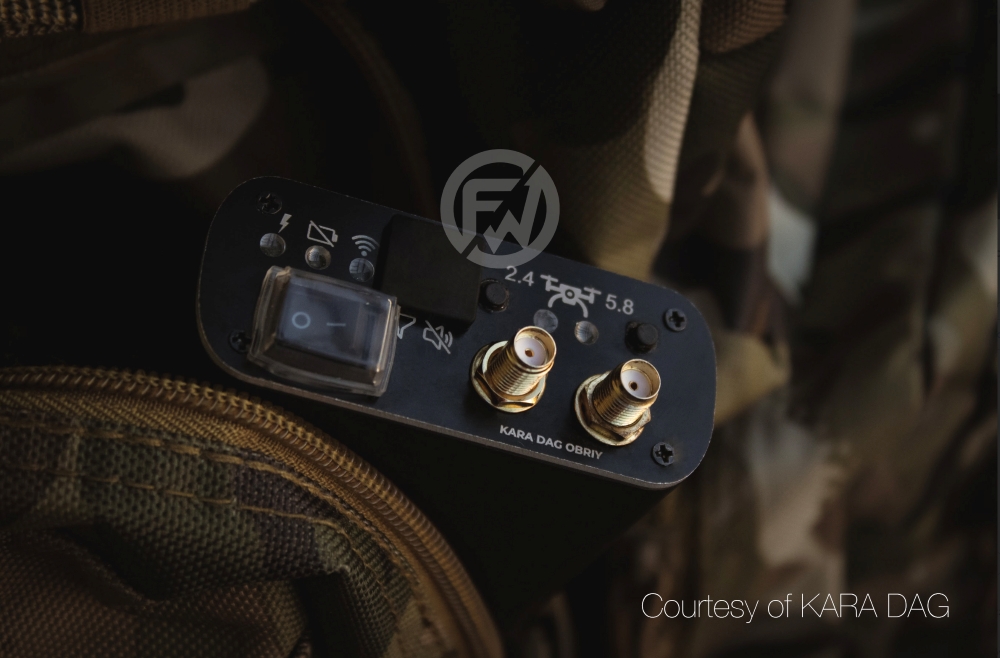
FW MAG: Why are other counter-UAS systems not effective? Is the equipment received from US and European countries not adequate?
J. Frankiv : The effectiveness of counter-UAS (C-UAS) systems depends on their ability to address the specific threats they are designed to counter. While the equipment provided by the US and European countries has been invaluable in Ukraine’s defence efforts, these systems often face limitations when dealing with the unique and rapidly evolving challenges of drone warfare, particularly in the context of FPV drones and other advanced unmanned aerial systems (UAS).
First, many Western C-UAS systems were developed with a focus on traditional drone threats, such as large, slow-moving reconnaissance or strike drones. These systems often rely on radar, which can struggle to detect small, low-flying FPV drones that are designed to evade conventional detection methods. FPV drones are often constructed with off-the-shelf components, making them smaller, faster, and more agile than traditional drones. Their ability to fly at low altitudes and in complex environments — such as urban areas or forested terrain — renders many radar-based systems less effective.
Second, the reliance on radio frequency (RF) jamming as a primary countermeasure is increasingly being challenged. Many modern FPV drones use encrypted or frequency-hopping communication protocols that make jamming more difficult. Moreover, the emergence of fibre-optic-controlled drones has introduced a new layer of complexity. These drones do not rely on RF communication at all, making traditional EW solutions ineffective against them. This is a significant gap that many existing Western systems have yet to address.
Western C-UAS systems often operate as standalone units designed for specific scenarios, such as protecting critical infrastructure or military bases. In a dynamic battlefield like Ukraine, where tens of thousands of drones are in play at any given time, these systems struggle to scale effectively or adapt to new threats in real time.
Additionally, there is a time lag between the development of new drone technologies and the adaptation of countermeasures. Adversaries are innovating rapidly, producing drones with enhanced capabilities like AI-driven navigation and swarming tactics. Many Western systems were not designed with these emerging threats in mind and require significant upgrades or entirely new approaches to remain effective.
While the equipment received from the US and Europe has undoubtedly saved lives and bolstered Ukraine’s defence capabilities, it often lacks the real-time adaptability needed for this conflict. This is where companies like Kara Dag play a critical role. Our systems are specifically designed for the realities of modern drone warfare in Ukraine. For instance, our OBRIY 1.3 and 2.0 detectors are optimized for detecting small FPV drones across multiple frequency bands and can adapt to new threats through AI-driven updates.
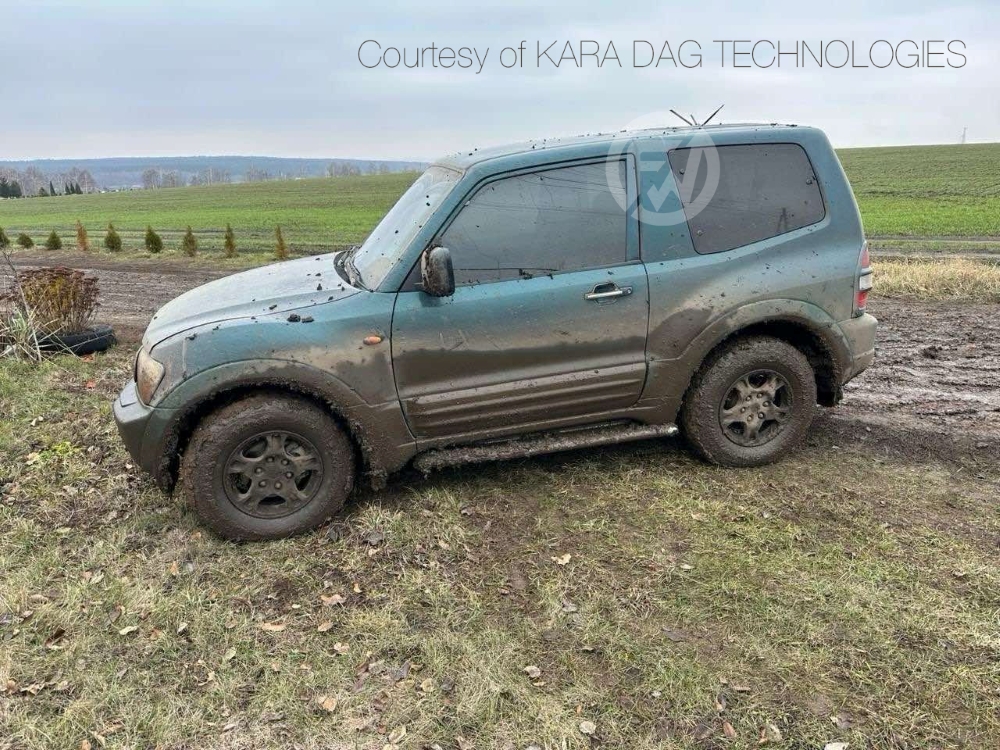
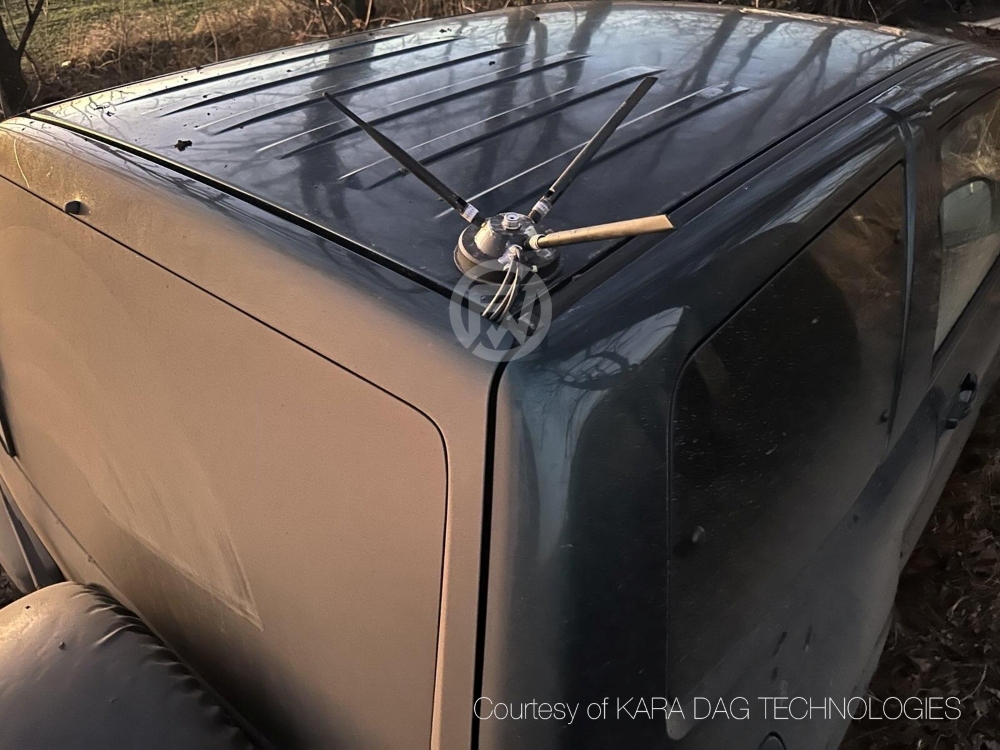
FW MAG: What is your production capability today and what is your ambition for the future?
J. Frankiv : Currently, Kara Dag Technologies has a robust production capability, with its flagship product, the OBRIY 1.3 drone detector, already in mass production. This wearable device has been successfully deployed in Ukraine and is also available for civilian applications, such as infrastructure protection and municipal security. Our production capability is around 500 units per month for OBRIY 1.3, and for OBRIY 1.4 the projected capability is 4,000 units per month. The company is actively working on expanding its product line, including the development of the OBRIY 2.0 and OBRIY S stationary systems, as well as the STRIBOG signal intelligence system. Our ambition for the future is to significantly scale operations to address the rapidly growing global demand for counter-UAS technologies. Additionally, we are committed to increasing production capacity to support Ukraine’s defence efforts while addressing emerging markets worldwide. We already have agreements with companies in Czech Republic and Philippines to enhance our mass production capabilities and serve clients worldwide. In a post-war scenario, we see ourselves playing a pivotal role in shaping this industry through cutting-edge solutions and scalable production capabilities.
Follow us on Telegram, Facebook and X.
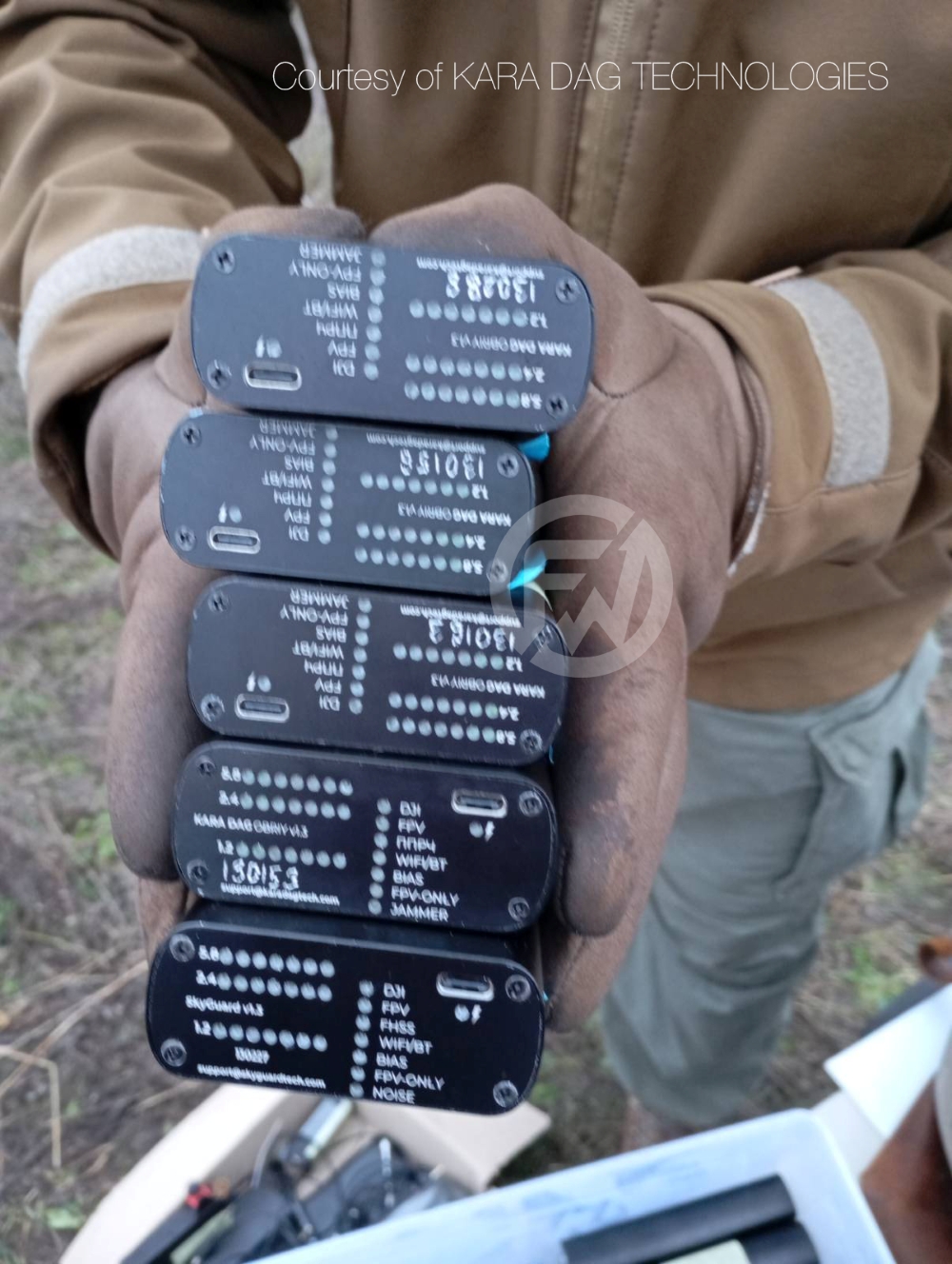








.png)
